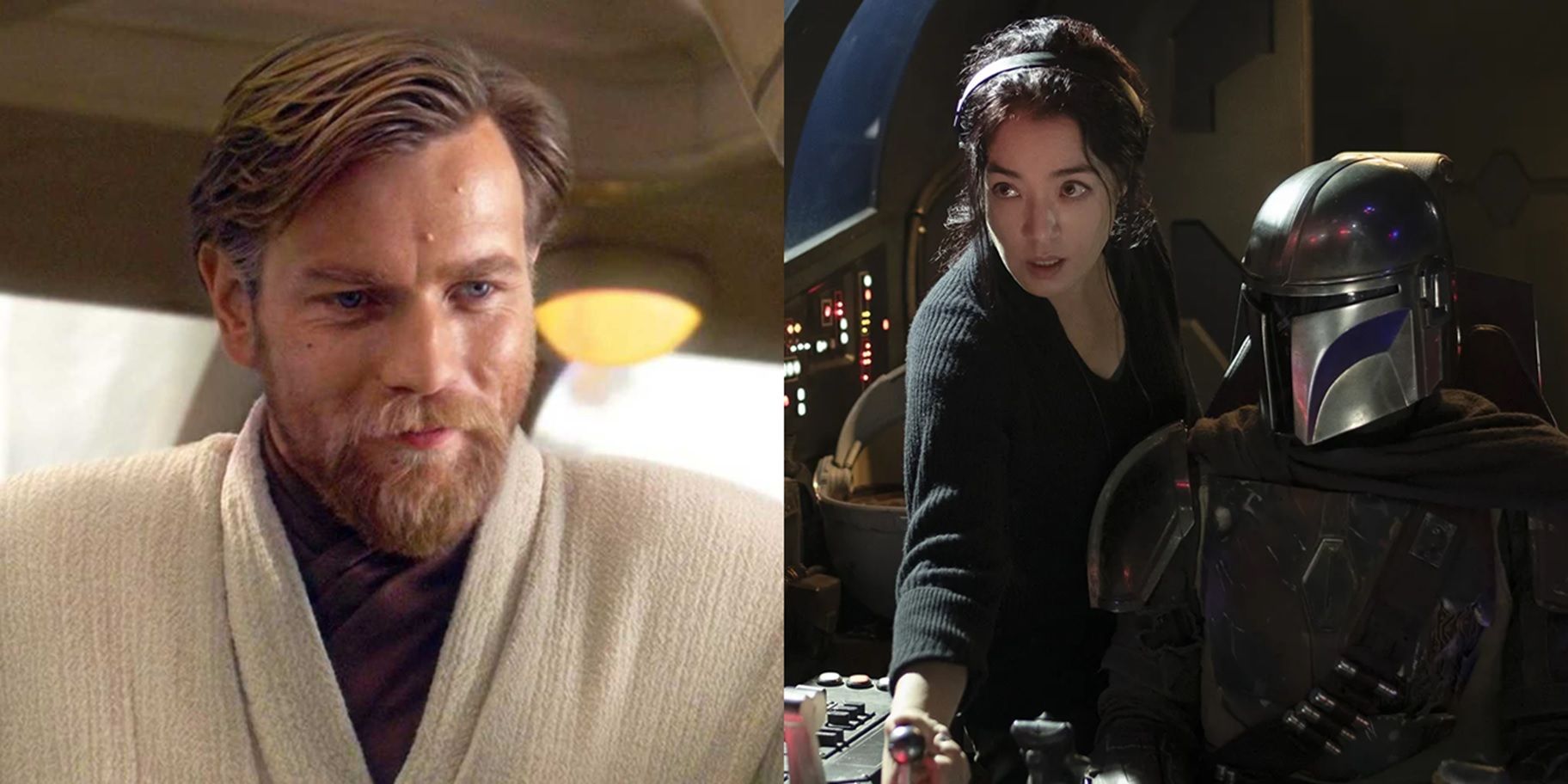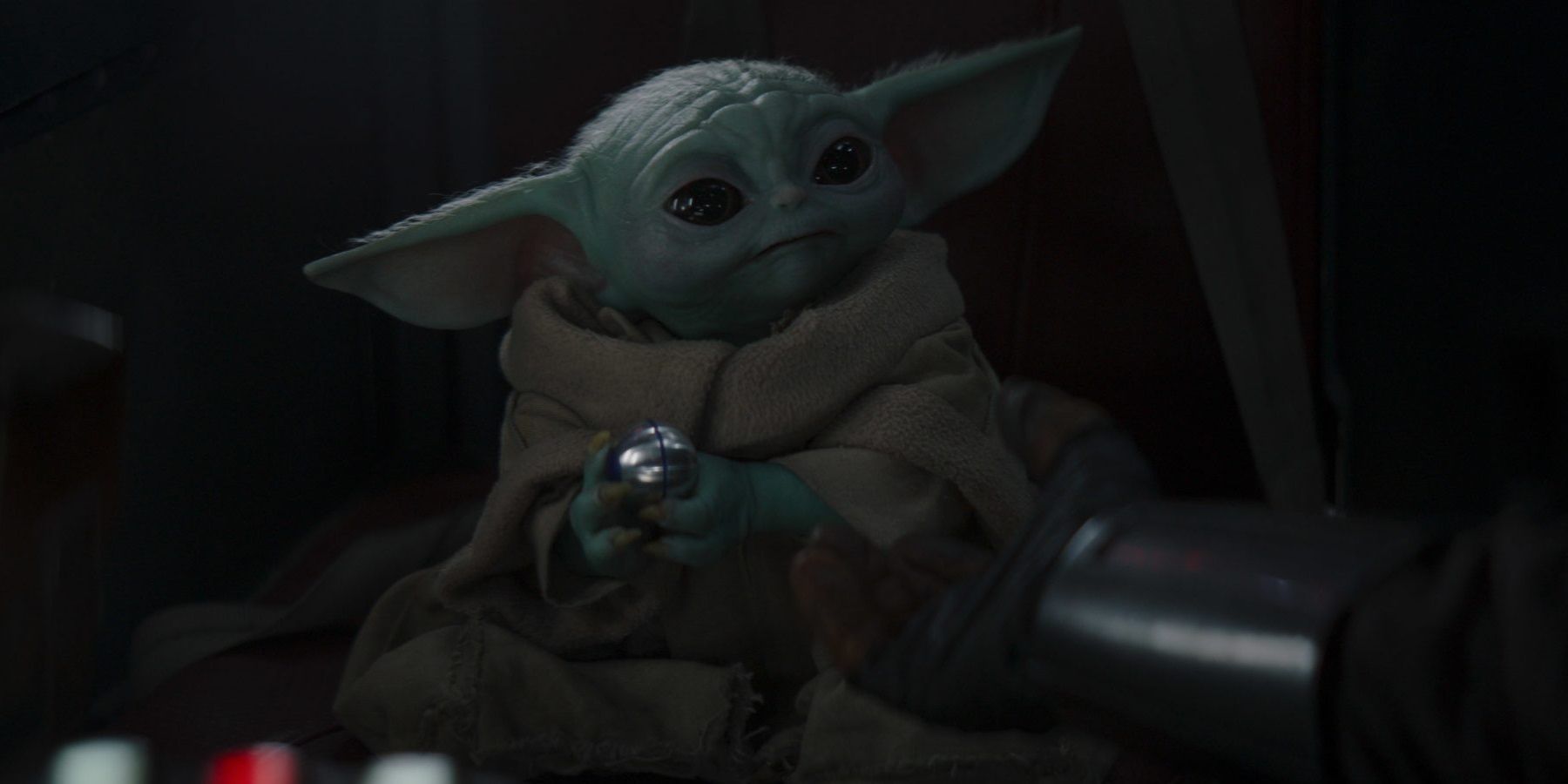Before Deborah Chow was recruited to direct all six one-hour episodes of Disney Plus’ highly anticipated Obi-Wan Kenobi miniseries, she put her stamp on the Star Wars universe with two fan-favorite episodes of The Mandalorian: “Chapter 3: The Sin,” in which Mando saves Grogu from the Client and goes on the run, and “Chapter 7: The Reckoning,” in which Grogu is captured by the Imperial Remnants. Both episodes are terrific, but “The Sin” in particular proves that the Obi-Wan series is in very safe hands with Chow.
Prior to working on The Mandalorian, Chow had a long history of directing compelling episodes of acclaimed dramas like Mr. Robot, Jessica Jones, and Better Call Saul. Interestingly, when Jon Favreau tapped Chow to direct “The Sin,” she became the first woman to direct a live-action Star Wars project. The episode marked a key turning point in The Mandalorian’s first season, as Din Djarin delivered Grogu to the Client as agreed, then had a change of heart and jeopardized everything he has in the galaxy to go back and save him. This is when the story really took off, after Dave Filoni and Rick Famuyiwa’s initial two episodes wisely took the time to bask in the show’s mysteries and round out the characters.
“The Sin” proves that Chow is the perfect director for the Obi-Wan series. In the episode, Mando breaks the bounty hunter code to save Grogu from the Client and faces immediate consequences for it. Obi-Wan will be similarly conflicted over his beliefs and emotional attachments at the midpoint between the prequel and original trilogies when the Jedi are being shunned to the fringes of society and monuments to their glory are being toppled across the galaxy (as seen in Rogue One). He blames himself for Anakin’s downfall and telling that story could explore a lot of the same themes seen in “The Sin.”
After Filoni introduced Grogu in the final scene of “Chapter 1: The Mandalorian” and Famuyiwa created a playful dynamic between Mando and the kid in “Chapter 2: The Child,” Chow really defined the characters’ father-son relationship in “The Sin.” Mando puts aside his lifelong belief system to take responsibility of a child he’s forged an emotional bond with. The brutality of Mando’s rescue mission is justified by his goal: to protect his kid. It’s like Taken in space. Obi-Wan and Vader’s father-son bond is nothing like Mando and Grogu’s – especially at the height of the Empire’s powers when Anakin’s humanity has all but faded – but just as she did on The Mandalorian, Chow will surely find a way to connect to these characters and ground the pulpy, fantastical story of a Jedi in exile with a real emotional core.
The deceptive simplicity of the gear shift knob motif in “The Sin” is a masterclass in visual emotional storytelling. Since the Mandalorian refuses to take off his helmet (mostly), the filmmakers telling his stories have to get creative in conveying his emotions visually. In “The Sin,” Grogu unscrews the knob from Mando’s gear shift and plays with it. No matter how many times Mando takes it off him and screws it back on, Grogu just snatches it back. Later, after Mando has given the kid over to the Client and he returns to the Razor Crest, he notices that the knob is missing from the gear shift. He doesn’t need to say any words and the audience doesn’t need to see his facial expression, because they know exactly what he’s feeling. And then, he springs into action.
Every Mandalorian director has exemplified George Lucas’ own cinematic influences – samurai movies and westerns – but Chow really nailed the references to Kurosawa, as well as The Mandalorian’s roots in the postmodern anti-westerns that emerged in the late ‘60s and early ‘70s. “The Sin” essentially follows a Yojimbo character whose actions lead them into a chaotic Seven Samurai scenario. The final shootout between the bounty hunters and the Mandalorians, with Mando caught in the middle, beautifully captured the frenetic energy of the iconic gunfights seen in gritty revisionist westerns like The Wild Bunch.
Speaking of the episode’s climactic shootout, this breathtaking sequence proved that Chow is more than capable of handling big action set pieces with rising tension and satisfying payoffs. The Obi-Wan series is confirmed to include a rematch between Kenobi and Vader, with Hayden Christensen reprising his role alongside Ewan McGregor. This unprecedented rematch will be a crucial moment in Star Wars history, and it’ll be very tricky for the show to pull off in a way that justifies itself.
As it stands, the first time that Obi-Wan and Vader reunite after their showdown on Mustafar is the duel on the Death Star in which Obi-Wan allows his former apprentice to strike him down. Featuring a rematch in the Kenobi series risks undermining the tragedy of this arc. And Revenge of the Sith’s Mustafar battle is so spectacular – the volcanic imagery matches the dueling master and padawan’s explosive emotions – it’ll be nearly impossible to top. But in the hands of Chow, whose command of visceral action filmmaking had fans fearing for the Mandalorian’s life in the third episode of a show called The Mandalorian, this rematch has a fighting chance of satisfying fans.


